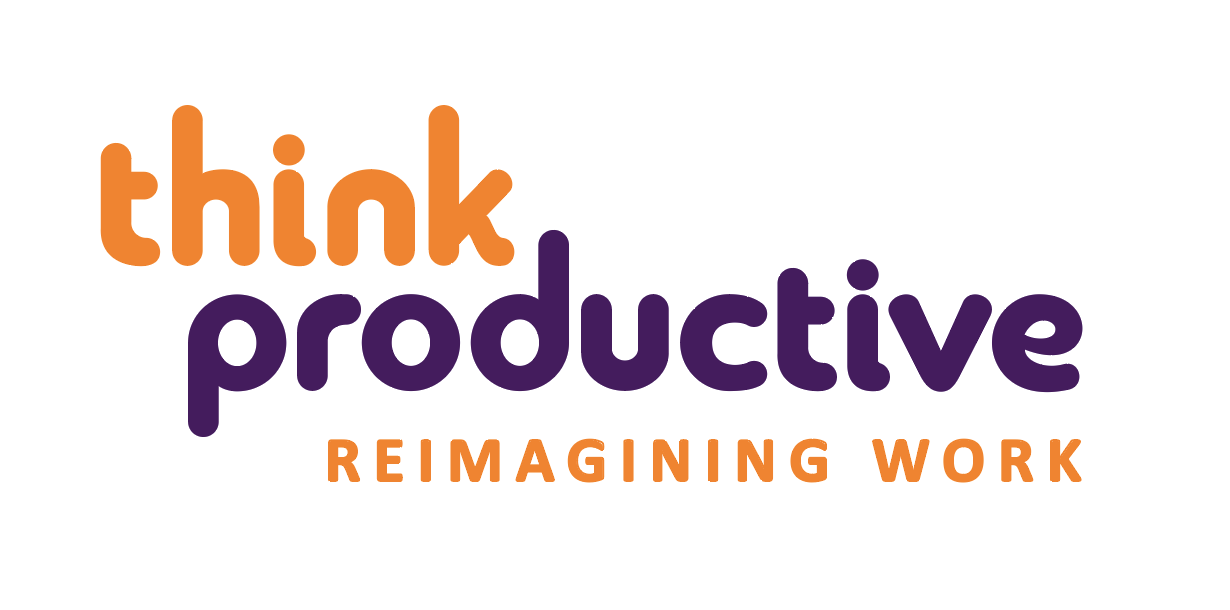It’s time to face the facts: email isn’t always the most effective, fast, and reliable form of communication. If your inbox becomes cluttered with menial updates that you’ve been CCd into, and important emails become lost in the mess, it might be time to consider your other options. Ultimately, it comes down to this: your form of communication should depend almost entirely on what it is that you’re trying to communicate. Here are our five suggestions for email alternatives.
1. Slack
This is a current favorite at Think Productive, and we’ve seen a drastic reduction in the number of emails floating around between colleagues. Slack is a messaging application for teams, that allows you to create a number of ‘channels’ that can be used for various conversation threads. You can ensure that you’re only included in relevant channels, and receive notifications whenever your name is mentioned by another user. The app also offers a direct messaging feature, and can be integrated with others apps (such as Twitter), so that you can use it as an outlet for other information.
Good for: Colleague-to-colleague conversations, issues that are less time-sensitive, messaging groups of people, informalities.

2. Skype
Lengthy back-and-forth email trails (especially those that are time sensitive!) can usually be replaced with a Skype call. Skype offers a fast, free video-call service, as well as instant messaging, phone calls, and screen sharing.
Good for: Conversing with far-away colleagues, replacing lengthy email trails, time sensitive conversations, visual aids (screen sharing), online meetings.

3. Instant Messages (Gmail chat, etc.)
Instant messages provide a great middle ground between yelling across the office and sending a formal email. If your workplace uses Gmail, then Gmail chat might be your go-to instant messaging provider, but Slack and Skype both also offer direct instant messaging services.
Good for: Informal messages, fast responses, private conversations, alternative to quick face-to-face interactions.
4. Yammer
Yammer markets itself as an ‘enterprise social networking service’, designed to help employees ‘collaborate across departments, locations, and business apps’, and used by companies such as Nationwide and Capgemini. You can set up groups for individual topics or projects, and use these groups to share files and facilitate collaboration. Yammer also integrates with Office apps, so Office users will benefit from the familiar interface.
Good for: Collaboration, file-sharing, messaging specific groups of colleagues.

5. Face-to-Face/Meetings
Sometimes, the most effective form of communication is a quick five-minute meeting, or face-to-face conversation. At Think Productive, our Daily Huddle gives everyone in the office an opportunity to raise any issues they have, or things they need another colleague’s help with. It’s an overall good way for team members to check in with each other, which helps to reduce the number of emails sent between colleagues.
Good for: Quick updates, voicing concerns or ‘stucks’, short colleague-to-colleague interactions.
Do you use another other email alternatives that keep your productive in your workplace?
As always, tweet us @thinkproductive – we’d love to hear from you!
By Steph Rathbone
[vc_cta h2=”Before You Go… ” txt_align=”center” color=”violet” add_button=”bottom” btn_title=”Let’s Chat” btn_color=”warning” btn_align=”center” btn_link=”url:mailto%3Ahello%40thinkpuk.wpengine.com||target:%20_blank|”]Are you drowning in thousands of emails sitting in your inbox or are you fed up with the internal communications process of your team? Our email training will get your inbox to zero and lets your team work on an email manifesto the whole organization can follow. Sounds good? Drop us a line and let’s chat![/vc_cta]
